Contact Sussex Damp Experts Now to Speak With an Expert.

Rising damp is caused by groundwater rising up through a wall due to capillary action. Bricks and mortar can be exceedingly porous, with many small capillaries that allow water to rise through them. Salts in the groundwater that seeps up through the wall can taint plaster and cause long-term aesthetic deterioration.
Some homes were built without a damp proof course, or the existing DPC has deteriorated, resulting in rising moisture and the need for remedial work.
Rising damp occurs when a building’s damp proof course (DPC) fails or is hindered by high topography. Water coming from the earth will transport various dissolved nitrates, chlorides, and other salts (hygroscopic ground salts) upwards into the brickwork and plaster. More and more of these salts build in the wall as the water evaporates. Ground salts collect moisture from the surrounding environment fast because they dissolve quickly. As a recommended rising damp treatment, it’s advisable to use a damp-proofing cream injection to stop increasing moisture. Using a damp proofing injection cream is a quick, clean, and effective solution. Please call us on 01273 257 765 to speak with one of our rising damp specialists today.
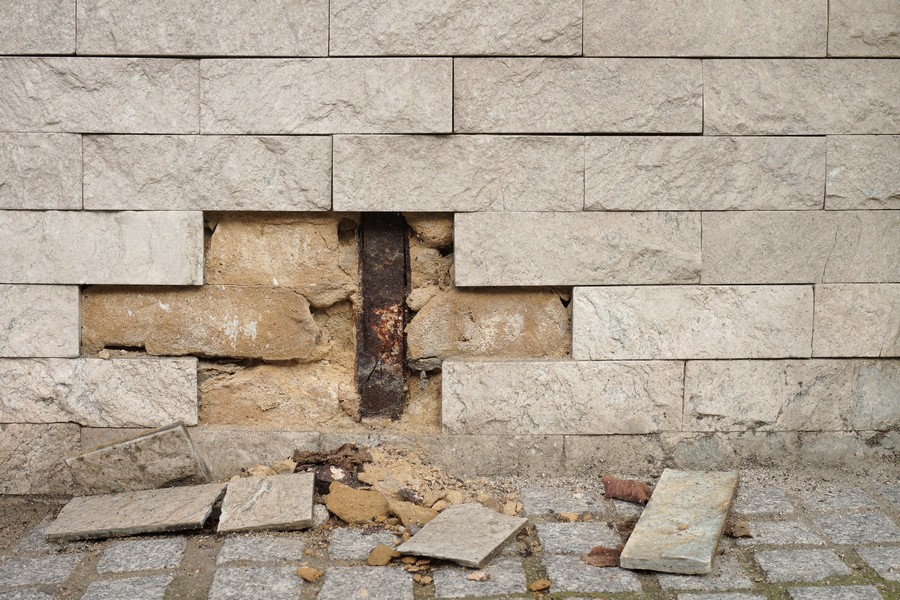
Damp Proofing by injection of cream is the most effective way to avoid rising damp. However, it will be less effective if the damp problem has other causes. That’s why it’s important to perform a survey before any actions take place.
This survey is a property investigation and report that focuses on any damp problems the particular building may have, the extent of any damage, and the necessary steps to mitigate or reverse the problem.
Our damp surveyors carry out this procedure. They’ll look at where the damp is, how much of it there is, what damages, what harm it may do in the future if left untreated, what sort of damp it is (wet rot, dry rot, condensation, or other damp concerns), and the best way to solve it. Please call our specialist team on 01273 257 765 to discuss your options.
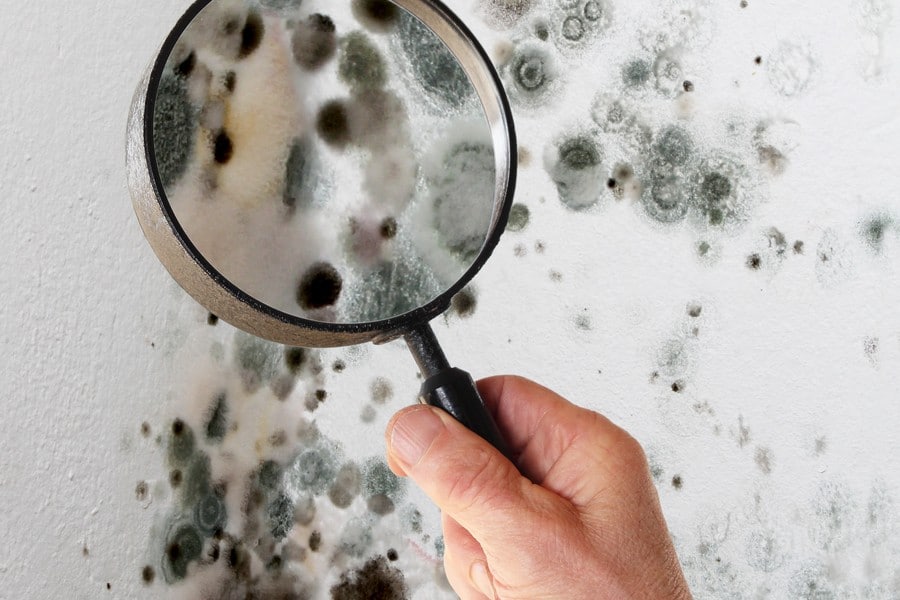
Contact Sussex Damp Experts Now to Speak With an Expert.
For the treatment and prevention of rising damp, we use a variety of different techniques and solutions. Injecting a silicone-based chemical into the wall through a series of small holes is one of the most effective and cost-effective treatments. When it dries, it leaves a water-repellent barrier inside the wall. Typically, some of the internal plaster contaminated with salts from rising moisture must be removed and replaced with a salt-resistant plaster, allowing the moisture in the wall to dry out naturally.
Following the removal of the contaminated plaster, it’s advised to install a new chemical damp proof course, using a damp proofing system with a cream (Silane/Siloxane) solution and advanced DPC injection cream. It should be pumped under pressure into the afflicted walls, followed by applying a waterproofer to the sand and cement render backing layer.
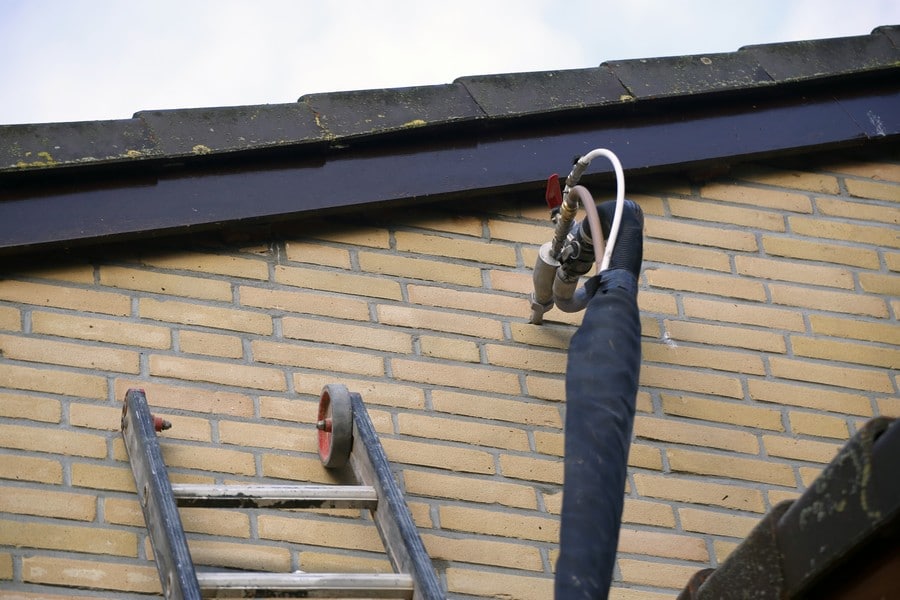
A ‘tide line’ of yellowish or brownish stains or blown plaster in the bottom region of your wall above your skirting board is a common symptom of rising damp. You can also have decaying or moist skirting boards or floors. Performing a short repair for rising damp (e.g. repointing or painting over the damp) will just increase the cost of the job in the long run and will require you to redo the job at a later date.
For the treatment and prevention of rising damp, we use a variety of different techniques and solutions. Injecting a silicone-based chemical into the wall through a series of small holes is one of the most cost-effective treatments, with great results in the long term at an affordable price.
A damp proof course is a water-resistant barrier that runs the length and width of your wall. It prevents groundwater from creeping up through the wall due to capillary action.
With a special membrane attached to the construction, a damp proof membrane (DPM) resists moisture. A DPM uses a polyethene material positioned beneath a sheet of concrete to help manage moisture. It also contains cement, such as shotcrete, which resists moisture and pressure. Water is kept out via cavity walls built between the inside and outside walls, while masonry walls are sealed with pressure grouting. This is a frequent way to protect structures from water and humidity, such as rain.
The damp-proofing creams are effective on almost all types of walls. This is critical since no two walls affected by rising damp are alike. The physical qualities of the mortar used to build walls, in particular, can vary significantly, which can have a substantial impact on the success of any rising damp solution. Please seek advice from one of our experts.
When it dries, it leaves a water-repellent barrier inside the wall. Typically, some of the internal plaster contaminated with salts from rising damp must be removed and replaced with a salt-resistant plaster, allowing the moisture in the wall to dry out naturally.
Creating the best possible barrier to rising damp minimises moisture in the wall, prevents ground salt build-up, and reduces heat loss.
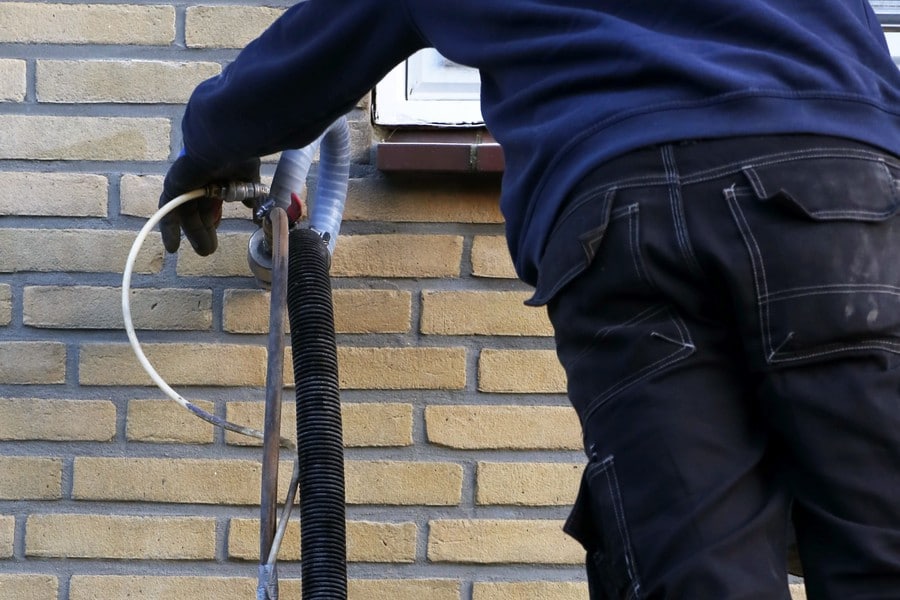
Independently tested houses worldwide have confirmed the damp proofing cream’s efficiency under a variety of test settings. Tests circumstances:
Rising dampness on exterior walls can lead to rendering degradation, efflorescence, and masonry fissures, among other things. A treatment with damp-proofing cream is recommended to eliminate rising damp on exterior walls. These solutions prevent rising dampness from causing further damage to walls.
An external masonry protection cream can also be applied to the exterior wall and gives another layer of protection against water penetration. This cream is not applied through injection.
The price of a professional DPC injection varies according to the area and supplier. However, an approximate estimate of £70 per metre of wall treatment is a good starting point. This works out at about £275-£300 per wall.
This is the pricing for the damp injection only. Other cosmetic work, like re-plastering and decorating post-treatment, will raise the total cost but will transform your building into a much more enjoyable place, giving you peace of mind that your property will be damp-free for many years.


Our damp proofing specialists will accurately analyse and diagnose the severity of your damp problem. Our damp proofing services provide specific damp treatments and the most effective technical advice to all of your property’s damp related issues: rising damp treatments, woodworm treatments, dry rot treatments, condensation solutions and structural waterproofing.
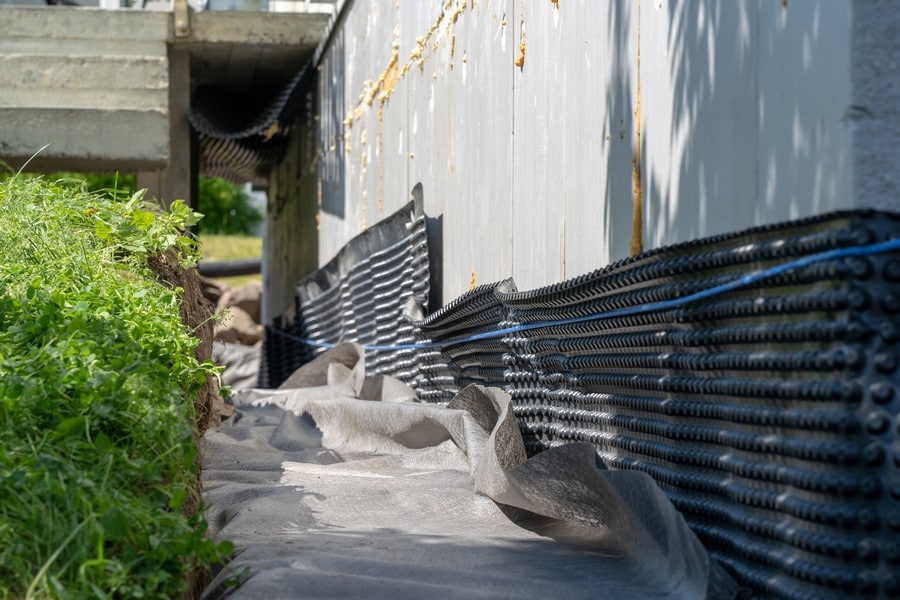
Sussex Damp Experts is a company that specialises in damp Proofing, waterproofing solutions, timber preservation, and other property damp issues. We also do preliminary investigations that always end in a damp report, such as a damp survey, a damp and timber survey, and a timber survey, identifying any timber concerns, whether they are the consequence of timber flaws, construction defects, or previous ineffective remedial work.
We do in-depth, non-destructive site inspections and surveys, followed by detailed written reports containing recommendations and instructions for any necessary remedial work. We can also provide pricing and estimations for corrective work based on the findings of the investigation. We will try to offer a clearer understanding of the charges stated as best as possible for your peace of mind.
Sussex Damp Experts have competent employees who will deliver outstanding service while having a friendly attitude, which we’re quite proud of. From the initial survey to the follow-up consultation on the task at hand to the actual work, we value knowledge, professionalism, and hard work, so you can relax knowing you’re in excellent hands. Some advantages of choosing us:
Make an appointment for a rising moisture survey, and we’ll put you in touch with a local team. We have several damp surveyors that can schedule a visit to your property when most convenient for you. Give us a call on 01273 257 765.


Max and his team have been at our property all week and I really can’t thank them enough for the fantastic job they’ve done on plastering both our walls and ceilings. They have literally transformed the appearance of our house! Not only has Ma…

From start to finish Max has been incredable. His knowledge lin damp proofing is second to none and his team where very clean and polite. The plastered finish was like glass so happy we choose Max Plastering for job.

Lovely bunch of lads left a very neat and clean job. Problem was solved.

Perfect Finnish and all left clean and tidy and no mess. Used Max previously and would not hesitate to ask him carry out more work.

Max, Harvey and Stuart arrived promptly as arranged. Done a great job on our outside rear wall. Work completed to a high standard, removal of all old material and cleaned up after themselves. I am so pleased with the standard of their work they ar…

They turned up on time and carried out the works in a very professional manor leaving the front of the house clean and tidy. Very impressed would definitely recommend.

I have to say that on every level Max (with Stuart and Harvey) did an extremely professional job! They explained what they were going to do, they were polite and courteous and respected that they were coming into our home. The plastering is of the…

I called max and he managed to come around the same day to do a survey. The next day I received an extremely detailed survey compared to any other damp proofer which made me feel very at ease that he was going to do the right job. Max and team tur…

Contact Sussex Damp Experts Now to Speak With an Expert.